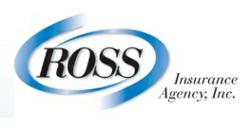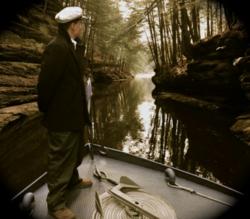Why is my Engine Oil Low?
FREE Amsoil Catalog
Why is my engine oil low? There are several main causes of engine oil use. Not are all related to engine oil use. Some folks think it’s related to extended drain intervals, and use of synthetics. The real reason for asking Why is my engine oil low? is much more simple. Let’s look at the reasons.
Why is my engine oil low? Leaking
There are essentially two main reasons for low oil levels. Leaking is one. At one time or another we’ve all had a car that left drips on the garage floor. In an early 2010 column I addressed in the issue of motor oil consumption, with a focus on the variety of ways oil leaks from an engine. At that time I wrote, “Some of the many points where oil leaks may occur include oil lines, crankcase drain plugs, oil pan gaskets, valve cover gaskets, oil pump gaskets, fuel pump gaskets, timing case covers and camshaft bearing seals. No possible source of leakage should be neglected because even a very small leak can cause extremely high oil consumption. For example, it has been estimated that a leak of one drop of oil every 20 feet is approximately equal to a loss of one quart of oil every 100 miles.” Why is my engine oil low?
Why is my Engine Oil Low?
Why is my Engine Oil Low? Volatility
Volatization is a term used to describe what happens to a fluid when it is heated to the point it begins to “boil off.” Upon reaching a certain temperature, oil will begin to lose some of its lighter weight molecules as they vaporize and leave heavier weight molecules behind. Not only does this cause higher oil consumption, it causes increased viscosity, making the oil more difficult to circulate through the lubrication system. The thicker oil left behind after volatization contributes to damaging deposits, sticky piston rings and oil blow-by, all of which contribute to reduced engine life, reduced fuel economy and increased air pollution. Why is my engine oil low?
At one time it was not uncommon for typical conventional oils to experience 20-30 percent boil-off in the NOACK Volatility Test. Today’s API standard for SM and SN oils is 15 percent, putting greater demands on oil manufacturers. Premium synthetic oils are significantly more resistant to these effects, with some of the best in the 4.5 to 6 percent range. Why is my engine oil low?
Why is my Engine Oil Low?
Why is my Engine Oil Low? –Neglect
We live in an age in which we’re inundated with information. Even the most basic devices have become so complex one hardly knows how to operate them without elaborate user guides. Remember how simple a telephone used to be? Cars, too, have become similarly complex. Even Legos have gone robotic.
Electronic sensors, brain boxes and an assortment of wires and hoses can make it difficult for the untrained to figure out where to check their fluid levels even if they were intending to. In short, cars are complex, and a lot of young people have never been trained in the maintenance basics many of us learned when we got our own first set of wheels.
This is not meant to be an excuse or apology for such neglect. It just amplifies the need to train motorists in the simple basics of vehicle maintenance. Taking a minute to teach car owners how to check their oil is a form of empowerment. Cars aren’t cheap and people need to learn these essential maintenance matters. In these cases, the solution is not more frequent oil changes, but rather education. If a car is a real oil burner, even three months is too long. Motorists need to know how to take a reading with the dipstick and top off when needed.
Conclusions
Any lube operator who thought it was hot in Dallas this summer knows it’s three times hotter inside an engine and the volatility of conventional oils even if improved since the old days is an issue. A mechanically sound engine will still need a top off now and then. That’s why it is our jobs as professionals to teach our customers how to find the dipstick and periodically take a reading. Furthermore, we do our customers a disservice by not recommending premium synthetic oils to those who have mechanically sound engines because of their greater resistance to boil-off and thickening.








